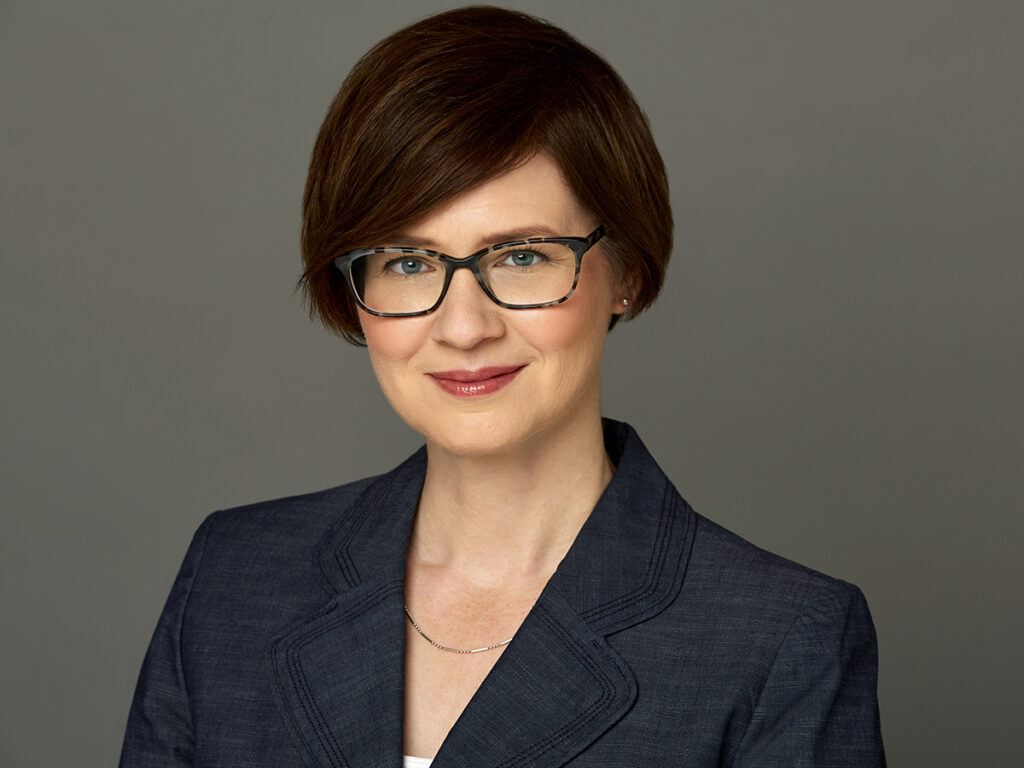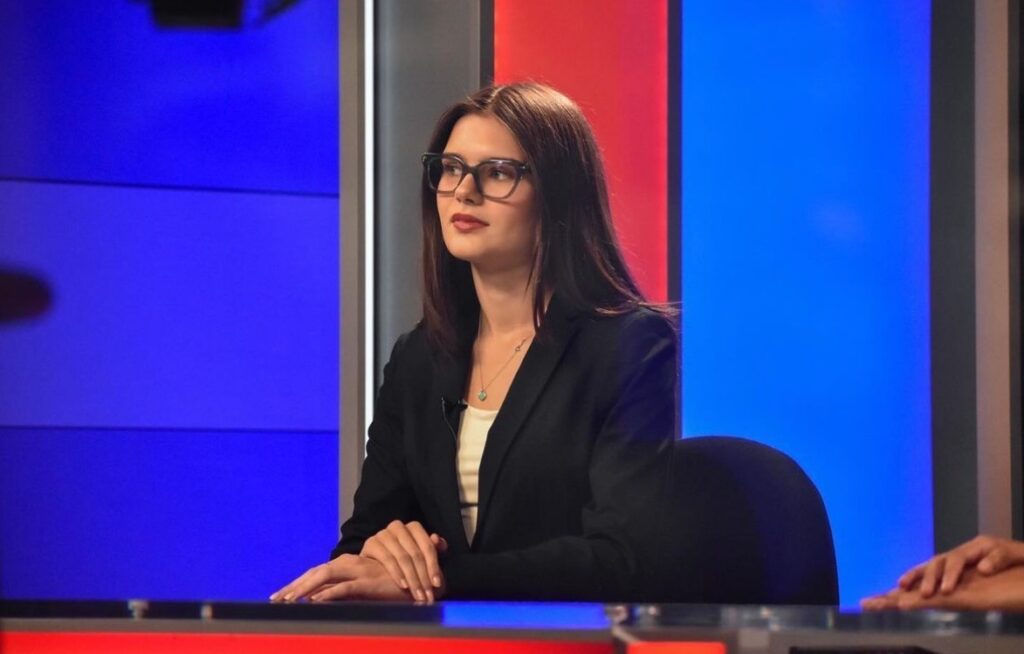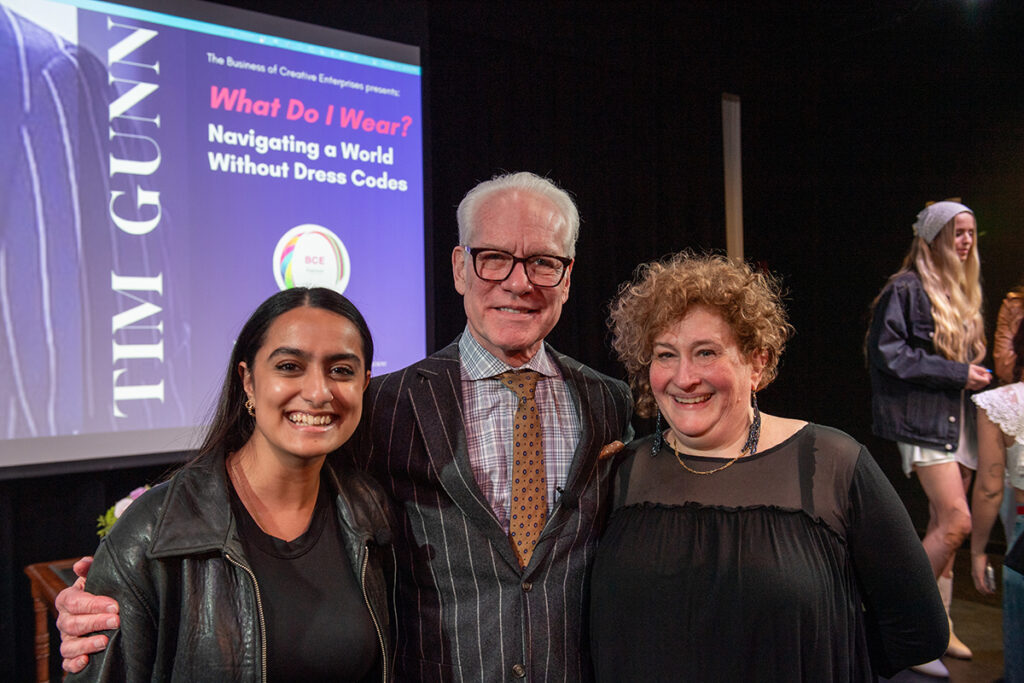Twitter Xed Out: How Are Journalists Using Social Media Now?
Susanne Althoff distinctly recalls returning to her role as editor of The Boston Globe Magazine from maternity leave in 2011 and being told if she didn’t have a Twitter account, she needed to get one.
“In 2011, not a single editor or reporter didn’t have a Twitter account. Everyone had to have a public-facing account on Twitter, LinkedIn, and Facebook. It was just part of being a journalist. It was part of your brand,” said Althoff, Associate Professor of Writing, Literature & Publishing, and interim graduate program director for Publishing and Writing. “You had to be accessible to readers. It helped you follow the conversation in the community. All the big thinkers were on social media and you had to be there.”

Althoff compared journalists’ use of Twitter back then to attending an important town hall meeting.
Twitter was the way of journalism…until the richest man in the world, Elon Musk, purchased Twitter, and rebranded it as X.
And then everything changed. Musk made numerous decisions that affected media outlets and the attitude of the platform.
Verified checkmarks signifying credibility were taken away and must now be purchased. In April 2023, Twitter controversially labeled National Public Radio’s main account as “US state-affiliated media”. NPR announced they were no longer participating on Twitter, but their accounts do remain operational. Other media outlets such as PBS, BBC, and Voice of America also received the label.
Twitter disbanded the Trust and Safety Council, which was responsible for Twitter’s policies on hate speech, child sexual exploitation, and self-harm content. As that was happening, evidence showed an increase in hate speech following Musk’s purchase and making Twitter into a private company. Far-right accounts that had been banned, including former President Donald Trump, were reactivated and allowed to post. (Trump has not posted, as he created his own social media app Truth Social.)
Professional sentiment about needing to operate a public-facing social media handle had begun to wane, but Musk’s Twitter tinkering drastically altered news gathering and sharing.
“You don’t have to have an account on these social media platforms. You don’t have to put yourself out in the public,” said Althoff. “Journalists should be social media lurkers at a minimum.”
Althoff said if journalists want to be an active participant, and they feel it’s safe and productive, then certainly go for it. But a hiring editor isn’t going to tell a journalist they need to have an account on X, Instagram, or TikTok.
“That’s not happening today,” said Althoff. “When I tell my students that, it’s a deep breath of relief to not enter that social media space, as it often feels toxic and unhealthy.”
Where to Now?
Isabella Osgood ’27 is the president of Emerson’s Society for Professional Journalists, was an associate producer for WEBN’s Political Pulse show last academic year, and will be an executive producer this fall.
“I use Instagram right now. Almost everyone I know has an Instagram for journalism,” said Osgood. She said some peers utilize Twitter/X, but it doesn’t dominate the current journalist landscape.

Osgood posts a lot of photography and reels on Instagram. During this past spring, Osgood decided to create an Instagram account strictly for professional purposes and maintains another handle for personal use. She also utilizes VSCO, an app that allows users to capture, edit, and share videos and photos with other users.
As Althoff suggests, Osgood maintains a Twitter/X account that she chooses to not actively use. She also has a Facebook account that she doesn’t use, though her Insta posts are automatically posted to Facebook because Meta is Facebook’s and Instagram’s parent company.
In the classroom, Osgood said professors recommend using Twitter/X for journalistic purposes. She said some assignments initially include posting articles on Twitter, but if students don’t want to use Twitter in that capacity, they are not penalized, and assignment parameters are changed.
Going From Personal to Professional
Like many burgeoning journalists, Osgood recognized the need to separate her personal and professional social media lives. Using one account strictly for personal uses helps maintain journalistic integrity, she said.
For a long time, Twitter was seen as the bastion to promote your journalism, particularly coming up through Emerson and at the Berkeley Beacon, said Diti Kohli ’21.
Kohli is a general assignment reporter for the Boston Globe, and uses Twitter/X more than any other social media platform, but also uses Instagram and Facebook for source finding. She said by no means are Globe employees expected to maintain a Twitter/X account.
When she first graduated and began looking for a job, Kohli said knowing how to use social media platforms and produce digital content was a key asset to her personal skill set.

“That was the place to share everything I was doing. The stories I do can be found on Twitter. It was a marketing tool,” said Kohli. “Being a resident of Boston and tweeting about things in Boston, was key to my journalism. I tweeted things and people would say, ‘Yes, I live in that neighborhood.’ I still choose Twitter to share my bigger stories.”
Kohli joins neighborhood Facebook groups because she can hear pros and cons on topics, and some people respond quicker to Facebook Messenger. But Twitter remains a spot where you can both find sources, promote your work, and ask questions.
“I did feel there was actual discussion in replies. If I’m writing a follow up it would make me think of what to ask,” said Kohli.
But like her former professor Althoff, Kohli said the level of engagement on Twitter has changed. She said helpful replies are dwindling, and there’s a lot more spam.
“The culture has changed. It’s not so much of a community. I question how much it is benefitting journalism, and the day-to-day reporting of being a journalist,” said Kohli. She added that fewer of her colleagues are active on Twitter, and there’s no consistent or groundswell of journalist presence on alternative social media platforms.
“People are waiting to see if one shakes out. Or people are going to make do with the version of Twitter now,” said Kohli.
She added that for business and tech reporters, Mastodon is a big social media platform.
“I’ve thought about experimenting on Threads, but I’m not there yet,” Kohli said, referring to Meta’s answer to Twitter/X.
Gen Z and TikTok…and Snapchat?
Rachel Raczka, Writing, Literature & Publishing affiliated faculty member and an editor for the Globe’s Living Arts section, uses numerous social media platforms in her professional and personal life.
“Every platform is useful to you. You can see an event you didn’t attend. You can look at hashtags and see what people are talking about and find sources,” said Raczka. “Looking for bigger stories, I tend to like TikTok and Instagram. I tend to see a lot of chatter on a topic, and then go down a rabbit hole.”

Raczka also encourages students to check out Substack and Reddit.
She recalled a story about Cape Cod bracelets that Libby Bancroft ’25 wrote in Althoff’s Writing for the Boston Globe class. The genesis of the story was from a single TikTok.
“It was a very off-the-cuff video where someone was asking whether people take off their bracelets. Do you die with them? Comments exploded,” said Raczka. “Seeing the reaction, and how much it was shared, and how people were engaging…that was fascinating. That’s how I knew there was something deeper there as a story.”
Raczka has a TikTok account, although it’s not connected to her name and she doesn’t post content. But she values TikTok’s relevance in today’s news reporting landscape. She pointed to a recent Pew Research Center report that said a third of people ages 18 to 29 regularly get their news from TikTok.
While Raczka encourages students to utilize social media, she implores them to be extremely skeptical of using it for news gathering.
“I’m fully aware not every student is going to be a journalist. But I want them to have news literacy and approaching news with a healthy criticism,” said Raczka. “It’s a double-edged sword — teaching to use social media as a news gathering technique to find sources and stories. The bigger sentiment is real journalistic techniques, and to understand why there’s a problem with getting news from social media and taking it at face value.”
Raczka added that no social media site beats Twitter/X for real-time news. Neighborhood-based app Nextdoor can be helpful for a hyperlocal news tip, she said. There are also smaller platforms on Instagram that people utilize to live stream. She added that while it’s not a social media platform, an old school police scanner also can provide real time info.
Personally, Raczka is relieved that maintaining a public-facing social media account is no longer a necessity in journalism.
“Being able to keep my social life off social media is really nice,” said Raczka.
Another social media platform that many thought has gone the way of Friendster or MySpace, is Snapchat.
“[Students] love Snapchat. It’s a Slack alternative. If Slack is for Millennials and Discord is for Gen Alpha, they have something in the middle [with Snapchat],” said Raczka.
Regardless of which social media platform, Raczka says when media outlets are smart, they can jump on trending topics.
“News outlets are trying to conform to different news consumption habits. Sometimes it hits and sometimes it doesn’t,” said Raczka. “The way we’re consuming media is continually growing. People are without their daily newspaper, when adults would walk outside and get the news.
“That built-in daily news exercise doesn’t exist. We’re learning how to reach this younger generation. It’s about pivoting. What exactly will get them to look at info on a daily basis?”
Categories